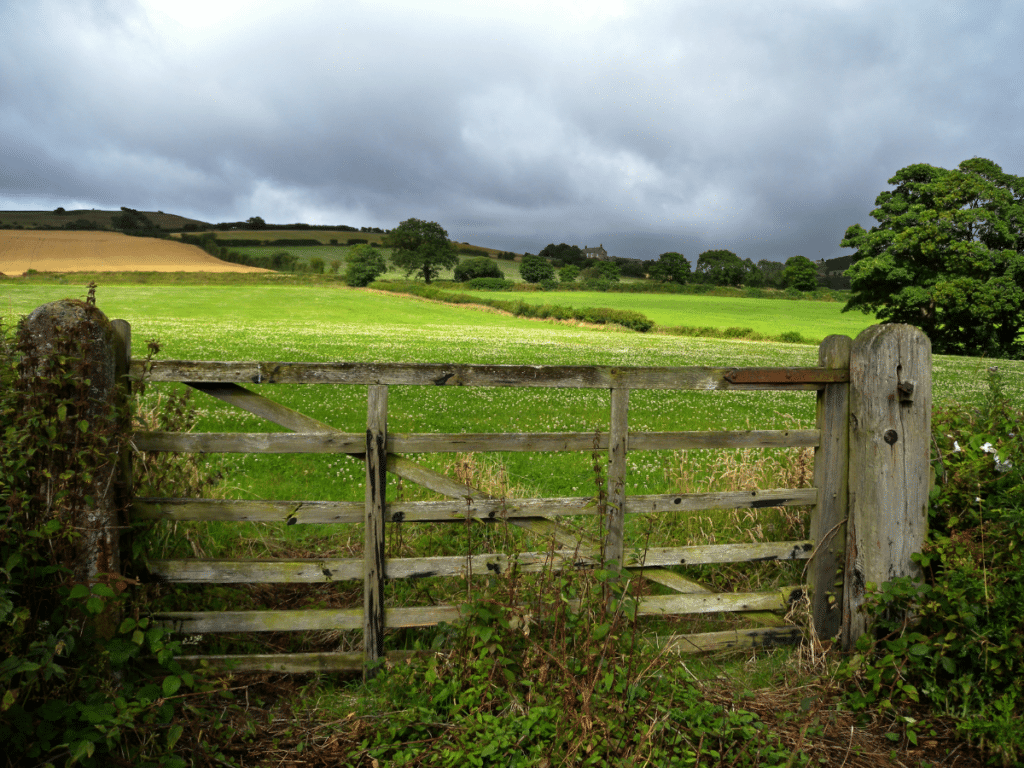At present, the land management sector is defined by change. Landscape restoration, carbon sequestration and blended finance are presented as the solution to biodiversity decline and environmental destruction. Changes in structure, finance and policy all seek to remodel agriculture toward this future. But what will this future look like? Reduced areas of monoculture where crop productivity is improved by biodiversity uplift, dynamic and restored water systems, and land areas which ultimately enhance the landscape in balance with food production. Wildlife rich ecosystems characterised by connectivity, restoration and preservation.
If such a landscape lies ahead, the question of how landowners are to get there remains. Certainly, there is a slight disconnect between the current state of land management resources and funding to access these sustainably managed land systems. Visualising the transformation of our land for the future will become all the more important.

A Blended Approach
In order to achieve landscape uplift, landowners need to be funded to implement positive land use decisions. There is not, however, a silver bullet. Exploring these new routes of funding will become all the more important. At the heart of Defra’s new Environmental Land Management Schemes lies a fundamental change in the way that land users get paid. Their proposal states that “We want payments that form part of a growing market for environmental outcomes, where scheme participants can earn income from public and private sector sources”.
In other words, the best way for land users to get paid will stem from a combination of private sector and government scheme payments. This “blended” financing will allow land areas to essentially have multiple values: a rewilded field, if done correctly, could play a part in privately funded carbon offsetting as much as the government-led Sustainable Farming Incentive (SFI). Charity and facilitation funding, as much as government and private companies, are set to play a key role in accessing the emerging Natural Capital market.

The Growing Need for Strategy
With such a diverse range of buyers, comes a diverse range of options. The need for a clear and coherent strategy to navigate this period of turbulence grows all the more pressing. Having a detailed, well-mapped plan will be essential. Bringing land management resources into the digital future is a key part of this process. As disjointed paper mapping becomes redundant, digital and integrated mapping is the key to creating a portfolio in which land managers can assess, overlay and organise potential funding routes.
At the forefront of this new wave of strategic mapping and analysis is the rural team at Brooks Leney — who have been using the Land App since the early days of its roll out. Founding Partner, Chris Leney, explains that Land App is a great platform for streamlining strategic thinking, “Land App is an invaluable tool for advising our clients, whether it be relating to Countryside Stewardship and BPS schemes, valuations, land sales or assessing natural capital potential on Holdings”, Chris continues, “the functionality of the Land App has developed significantly since its roll out. Features such as being able to share maps online with clients and other collaborative organisations are invaluable. The Land App is now our go to strategic mapping programme within the Brooks Leney Team.”

A Helping Hand
Providing a platform that simplifies and improves strategy has never been more pressing. On the Land App platform, we’re providing land managers with the tools that they need to diversify, test and organise land in a more streamlined manner. Empowered by our updated user interface, Land App is now more intuitive, quicker and more collaborative than ever before. Users can import data, select plans and name them in one swift process, all whilst using our structured workflows to take advantage of cutting-edge automations. Fundamentally, landowners must produce a fully integrated, comprehensive land management strategy to meet the challenges of the 21st Century – no easy feat. But with all the latest data and technology funnelled into one platform, Land App is here to offer land managers a helping hand.
Sign up to Land App and begin your journey toward unlocking a blended financial approach to land management. Register for free here.

